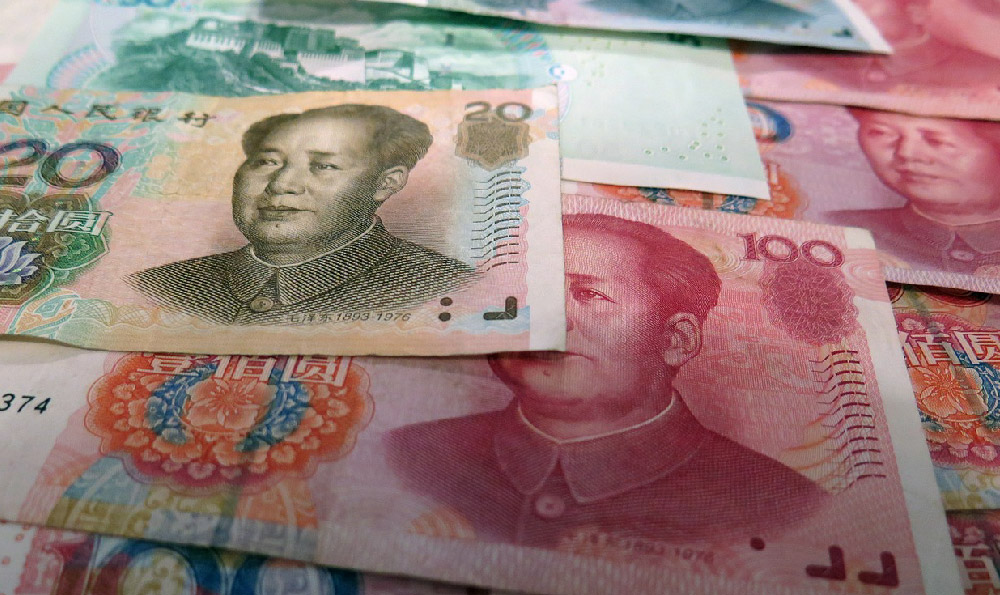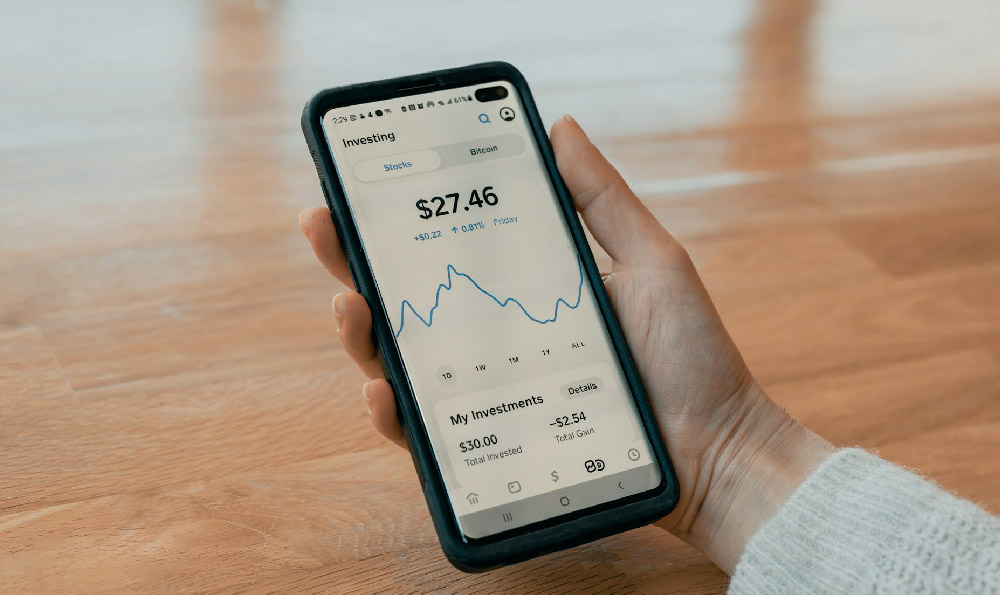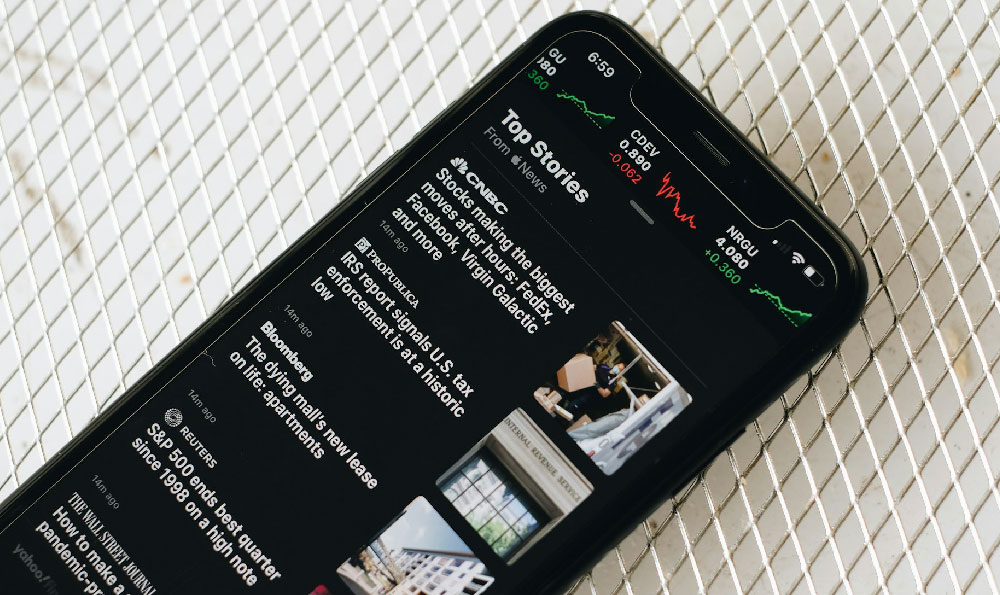The common perception that car dealerships derive significant profit from financing is generally accurate, although the nuances of how they profit are more complex than a simple interest rate markup. The automotive financing process presents multiple avenues for dealerships to generate revenue, beyond just the sale of the vehicle itself. Understanding these avenues is crucial for consumers to negotiate effectively and make informed financial decisions.
One primary source of profit is the finance reserve, often referred to as the "dealer markup" on the interest rate. When a customer applies for financing through a dealership, the dealership typically submits the application to several lending institutions, such as banks and credit unions. These lenders provide the dealership with a "buy rate," which is the lowest interest rate they are willing to offer the customer based on their creditworthiness. The dealership is then allowed to mark up this buy rate, offering the customer a higher interest rate. The difference between the buy rate and the rate charged to the customer is the finance reserve, and it is pure profit for the dealership. The amount of this markup is often negotiable, but many consumers are unaware of this possibility, allowing dealerships to capitalize on the information asymmetry.
The extent of the finance reserve can vary widely depending on several factors. These include the customer's credit score, the lending institution's policies, and the prevailing market interest rates. Dealerships are often incentivized to maximize the finance reserve, as it directly impacts their profitability. In some cases, dealerships may also receive volume bonuses from lenders for originating a certain number of loans, further incentivizing them to push financing options. Regulation exists to limit the extent of this markup, with some states imposing caps on the allowable interest rate increase. However, even within these limits, the finance reserve can represent a substantial source of income.

Beyond the interest rate markup, dealerships also profit from the sale of ancillary products, also known as "back-end" products. These products, often presented during the financing process, include items such as extended warranties, gap insurance, paint protection, fabric protection, and tire and wheel protection. These products are often highly profitable for the dealership due to significant markups and commissions earned on their sale.
Extended warranties, also known as vehicle service contracts, are agreements that cover repairs beyond the manufacturer's warranty period. While they can provide peace of mind, they often come with a high price tag. The dealership's markup on extended warranties can be substantial, and the actual cost of repairs covered by the warranty may be less than the price paid for the warranty itself. Similar arguments apply to other ancillary products. Gap insurance, for example, covers the difference between the loan balance and the vehicle's actual cash value if the vehicle is totaled or stolen. While this can be beneficial, especially for borrowers with little or no down payment, the premiums can be quite high, and the coverage may duplicate existing insurance policies.
The sales tactics employed during the financing process often contribute to the profitability of ancillary products. Finance managers are typically trained to present these products in a way that emphasizes their benefits and minimizes their costs. They may use fear-based selling techniques, such as highlighting potential repair costs, to persuade customers to purchase the products. Customers may also feel pressured to purchase these products, especially after spending a significant amount of time negotiating the price of the vehicle itself. The fatigue and desire to finalize the transaction can make them more susceptible to upselling tactics.
Another way dealerships profit is through indirect financing. While some customers secure financing directly from their bank or credit union before visiting the dealership, many rely on the dealership to arrange financing on their behalf. This gives the dealership control over the financing process and allows them to potentially steer customers towards more profitable lending options. Dealerships may have preferred lending partners who offer them incentives for channeling business their way. This can lead to situations where customers are not presented with the most favorable financing terms available to them, as the dealership is prioritizing its own profit over the customer's best interest.
Finally, dealerships can profit from loan origination fees and other charges associated with the financing process. These fees can include application fees, documentation fees, and other administrative costs. While some of these fees may be legitimate expenses incurred by the lender, others may be inflated or unnecessary. It is essential for customers to carefully review the financing documents to identify any hidden fees or charges.
In conclusion, car dealerships profit from financing through a variety of mechanisms, including finance reserves, the sale of ancillary products, indirect financing arrangements, and loan origination fees. Understanding these avenues is crucial for consumers to negotiate effectively and avoid overpaying for financing. Before agreeing to any financing terms, consumers should research prevailing interest rates, compare offers from multiple lenders, and carefully scrutinize all financing documents. They should also be prepared to negotiate the price of ancillary products or decline them altogether if they are not necessary or provide sufficient value. By being informed and proactive, consumers can minimize the costs of financing and protect their financial interests.












